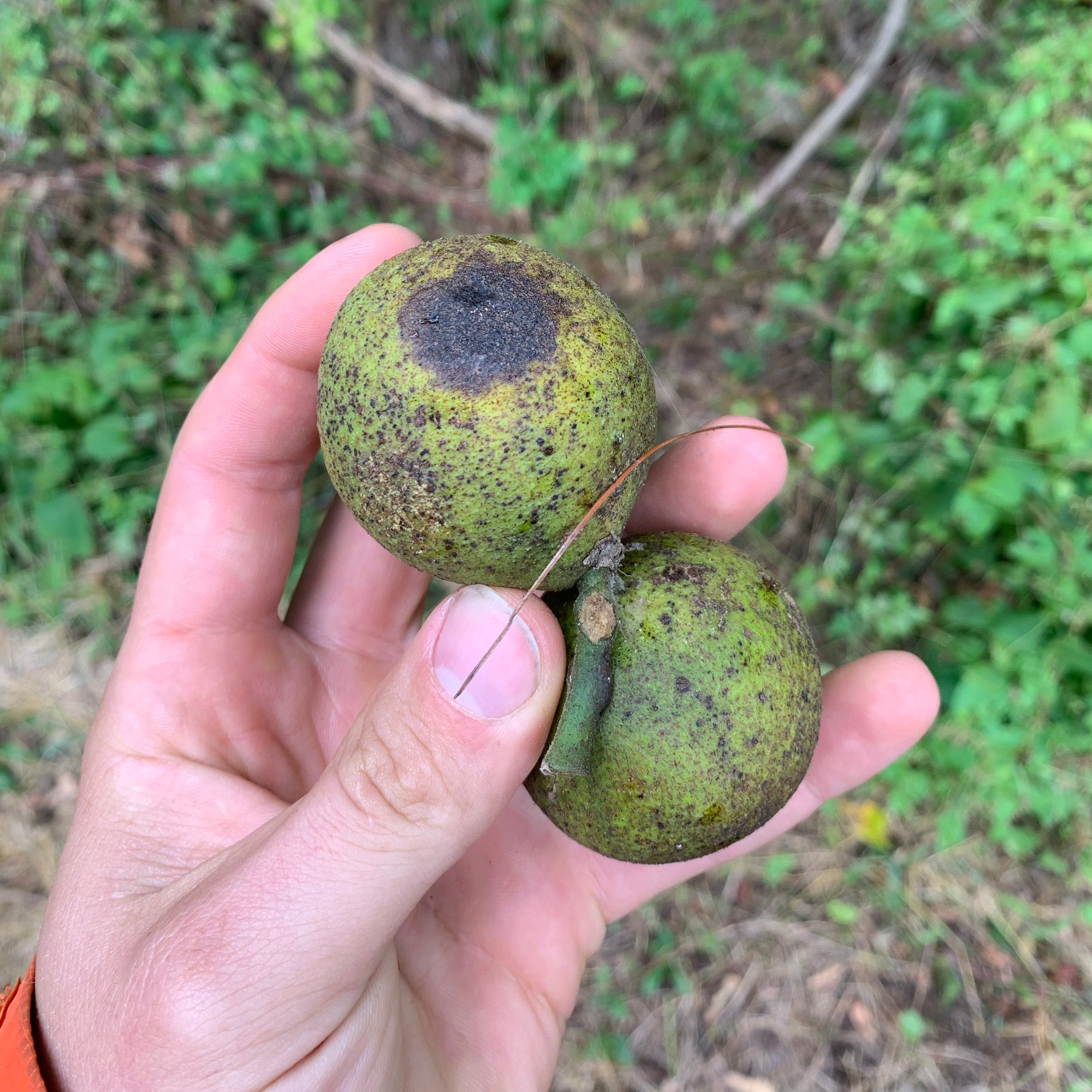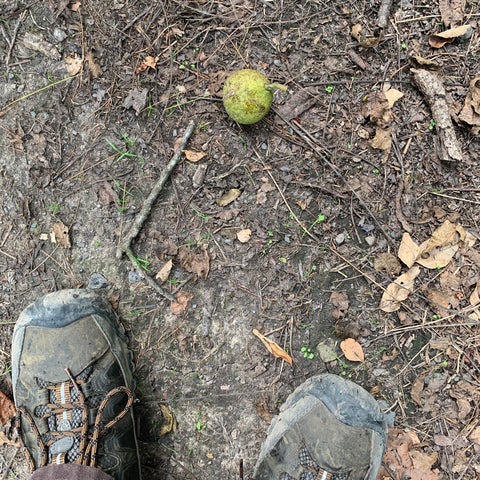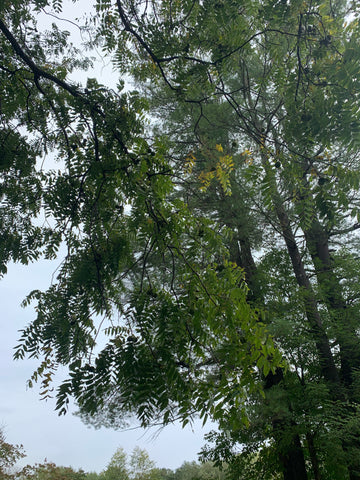
Harvesting Walnuts
As the days start to become shorter and the are crisper, its hard to believe summer has come and gone. I love this time of year because the forrest is so visually alive. Plants can sense winters approach as they make a last ditch effort to multiply. Flowering plants stretch tall to let passing pollinator know they have pollen to share. Trees send all of their energy and nutrient to the seeds they have been growing all season long and once they are ready, they let go and let mother nature do the rest of the work.
Foraging for walnuts in the forest can be a rewarding and enjoyable experience. On your next hike, bring along a bag and some gloves to collect walnuts that have fallen. Walnuts are rich in healthy fats, essential nutrients, and antioxidants. Walnut can support brain function, bone health, heart and gut health - the list goes on! So if you're willing to put in the work and get a little dirty keep reading.
Collect walnuts from the ground
When it comes to foraging for walnuts, collecting nuts from the ground is the most efficient method. Walnuts naturally fall from the trees when they are ripe, making them easy to find on the forest floor. By collecting nuts that have fallen, you can be sure that they are mature and ready to eat.

When is the best time to collect walnuts?
The best time to collect walnuts is in the late summer or early fall. This is when the nuts are fully mature and have fallen from the trees. Keep an eye on the ground for freshly fallen walnuts, as they are less likely to be damaged or infested by pests.
What to look for when collecting walnuts?

When collecting walnuts, look for nuts that are intact and free from cracks or holes. Avoid nuts that have mold or discoloration, as these may indicate spoilage. It's also a good idea to wear gloves when handling walnuts, as the outer husk can stain your hands.
How to collect walnuts from the ground?


Start by identifying areas that have large populations of walnut trees. If your like me in Pennsylvania, there are large stands of walnut trees all over the state! Scan the ground for fallen nuts. They are about the same size as a tennis ball, green in color and slightly textured. The edible nut meat is inside the hard nut which is surrounded by a soft fleshy exterior. Wearing gloves is a good idea when collecting as the fleshy exterior can stain your skin. Grab a back and start collecting!
What to do with collected walnuts?

Once you have collected the nuts, dump them on the ground and start stepping on them. Use your boot to squash them, your trying to remove all of the fleshy green meat that surrounds the hard nut shell. Next, dump your nuts into a bucket and use a garden hose to spray the nuts to remove any remaining fleshy exterior - this step usually needs to be repeated a few times. Discard any nuts that float. Once the nuts are clean you can spread them out to dry for two to three weeks. This drying process helps to cure the nut and prevent any mold from growing. Now its time to start cracking and enjoying these beautiful pieces of nature.


